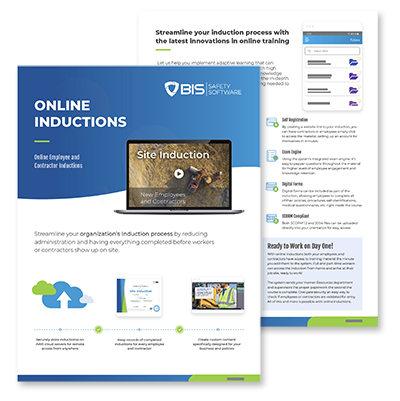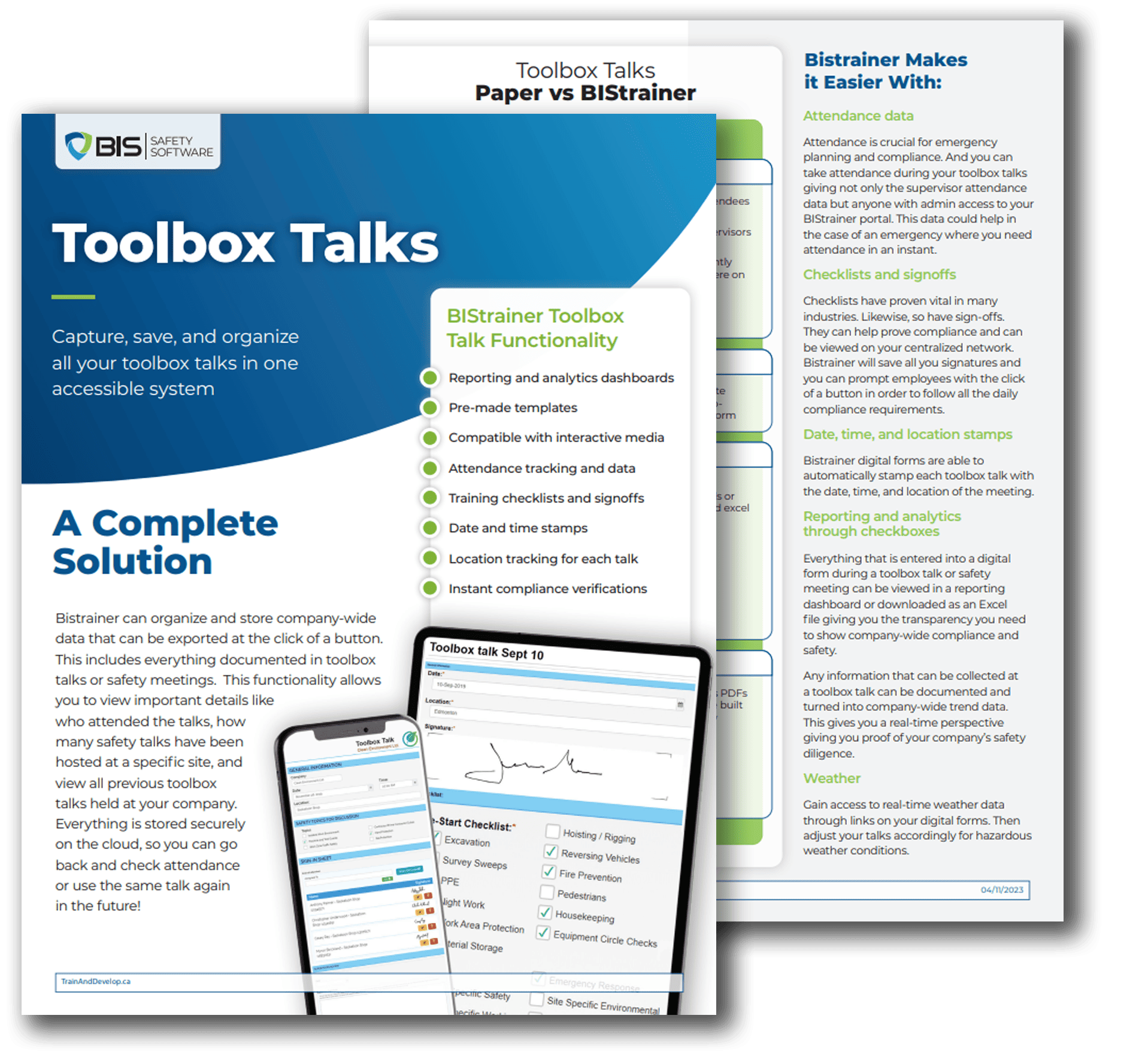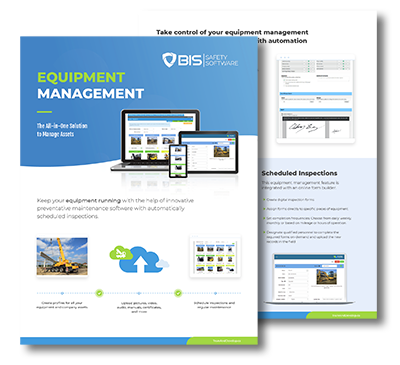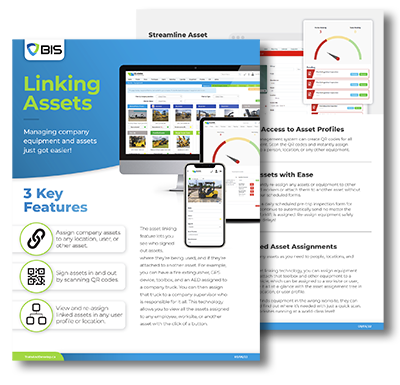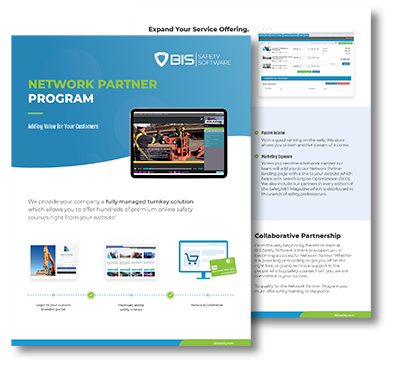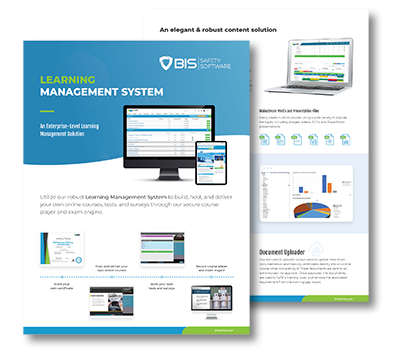Despite the industrial revolution dating back to the 18th century, it wasn’t until the 1975s that the UK introduced their first occupational health and safety acts. However, even with increased safety measures, incidents, injuries, and fatalities continue to plague industries like construction and heavy manufacturing.
In response to the rising risks, the UK established the Health and Safety Executive (HSE), which played a crucial role in shaping safety regulations and imposing strict penalties on individuals and companies that neglected safety and proper training. The outcome? Significant advancements in enhancing safety. Consider HSE, for instance; it has notably reduced work-related injuries and illnesses in the UK, with accident rates per 100 workers dropping from 10.8 to 2.8 between 1972 and 2019. Indeed, within just 47 years, accidents and fatalities experienced a remarkable 74% decline!
Yet there despite the measures there are still facts we should keep in mind. After all, as production increases with technology, so does the energy, power, and subsequent risks. With that in mind lets explore some safety facts worth considering on the job.
Safety Fact #1: Prioritize Prevention over Reaction
In the realm of workplace safety, prevention stands out as the foundational principle. The old adage “an ounce of prevention is worth a pound of cure” certainly holds true when it comes to safeguarding employees and mitigating risks.
Why Prevention Matters:
-
Cost Savings: Reacting to workplace accidents can be costly, both in terms of medical expenses and potential legal repercussions. Preventing incidents is not only morally responsible but financially prudent.
-
Employee Well-being: Prevention puts the well-being of your employees front and center. It demonstrates a commitment to their safety and health, fostering a positive work environment.
-
Productivity: When accidents occur, work is disrupted, and productivity declines. Preventing accidents ensures a smoother workflow, enabling your team to focus on their tasks without constant interruptions.
-
Reputation: Workplace accidents can damage a company’s reputation. Prioritizing prevention not only protects your employees but also upholds your business’s image.
Safety Tip #1: Conduct Regular Toolbox Talks:
One of the most effective methods of prevention is through regular toolbox talks. These talks are informal, yet structured, discussions where team members come together to address safety concerns, share experiences, and learn from one another.
Key Benefits of Toolbox Talks:
-
Open Communication: Toolbox talks provide a platform for open communication where employees can freely express their safety concerns. This open dialogue encourages the identification and rectification of potential hazards before they lead to accidents.
-
Knowledge Sharing: Team members with various levels of experience can share their insights, best practices, and even near-miss incidents. This knowledge transfer is invaluable for prevention.
-
Empowerment: Toolbox talks empower your workforce. They feel actively involved in creating a safer work environment, which can lead to a stronger safety culture.
-
Timely Interventions: Regular talks allow for swift interventions and corrections, preventing minor issues from escalating into major safety incidents.
-
Documentation: Toolbox talks can be documented, creating a record of safety discussions. This documentation can be invaluable in the event of an incident or during safety audits. Toolbox Talk Software can make this easier and more organized.
In essence, the first safety fact reminds us that by prioritizing prevention over reaction, we not only reduce the chances of accidents but also create a culture of safety that empowers and protects our employees. Conducting regular toolbox talks is a practical and proven way to implement this principle in your workplace.
Safety Fact #2: Recognize the Importance of Risk Mitigation
In the realm of workplace safety, recognizing the paramount importance of risk mitigation is pivotal. Risk mitigation refers to the practice of identifying, evaluating, and taking steps to reduce or eliminate potential hazards and dangers in the workplace. This proactive approach serves as a strong foundation for building a culture of safety and reducing the likelihood of accidents, injuries, and other undesirable incidents.
Why Risk Mitigation Matters:
-
Preventing Accidents: Risk mitigation is the first line of defense against accidents and injuries. By systematically addressing potential hazards, you significantly lower the likelihood of incidents occurring.
-
Legal and Financial Implications: Neglecting risk mitigation can result in legal consequences, fines, and increased insurance premiums. It’s not just a matter of safety but also one of regulatory compliance and financial stewardship.
-
Employee Well-being: Prioritizing risk mitigation demonstrates a profound commitment to the well-being of your workforce. It sends a clear message that their safety is of paramount importance, fostering trust and loyalty among employees.
-
Productivity and Continuity: By proactively addressing risks, you ensure that work processes run smoothly without disruptions caused by accidents or safety-related shutdowns.
-
Reputation Management: Companies that actively engage in risk mitigation tend to have a better reputation. Stakeholders, including customers and investors, view these companies as responsible and trustworthy.
Safety Tip #2: Implement a Comprehensive Safety Training Program:
To effectively embrace risk mitigation, a comprehensive safety training program is essential. Such a program equips your team with the knowledge and skills they need to identify potential risks, respond to them appropriately, and create a safer working environment for everyone. Here’s how this tip can be put into practice:
Key Aspects of a Comprehensive Safety Training Program:
-
Hazard Recognition: Training should educate employees on how to recognize potential hazards and report them promptly. This includes both obvious dangers and subtler risks that might be overlooked.
-
Emergency Response: Employees should be well-versed in emergency response protocols, including procedures for fire, chemical spills, medical emergencies, and other critical situations.
-
Use of Personal Protective Equipment (PPE): Training should emphasize the importance of using PPE correctly and consistently. This includes understanding the right types of PPE for different tasks.
-
Safety Regulations and Procedures: Your training program should cover relevant safety regulations and company-specific safety procedures. Employees need to know how to comply with safety standards and follow internal safety policies.
-
Continuous Learning: Safety training should be an ongoing process. Employees should receive regular updates and refresher courses to stay informed about the latest safety practices and industry-specific developments.
In essence, recognizing the importance of risk mitigation and implementing a comprehensive safety training program is a proactive approach that equips your workforce with the knowledge and tools they need to identify and mitigate risks effectively. This sets the stage for a safer, more secure workplace.

Safety Fact #3: Foster a Culture of Safety Awareness
Building a culture of safety awareness is not only a safety fact but also a cornerstone of workplace well-being. This concept revolves around creating an environment where safety is not just a set of rules and guidelines but a core value ingrained in the company’s culture and the minds of its employees.
Why Safety Culture Matters:
Reduced Accidents: A strong safety culture means that every employee is vigilant about potential hazards and actively works to prevent accidents. This collective consciousness significantly lowers the chances of safety incidents.
Employee Engagement: When workers feel that their employer values their safety, they become more engaged and committed to their jobs. A sense of security fosters employee loyalty and job satisfaction.
Responsibility and Accountability: In a safety-aware culture, employees take ownership of their safety and the safety of their colleagues. This shared responsibility creates a positive feedback loop of accountability.
Continuous Improvement: A culture of safety encourages ongoing improvement in safety protocols and practices. Employees are more likely to suggest and adopt better safety measures.
Safety Tip #3: Encourage Reporting and Communication
To foster a culture of safety awareness, open communication and reporting are paramount. Here are some strategies to implement this tip effectively:
Create a Safe Reporting Environment:
- Make it clear that reporting safety concerns or near misses is not only allowed but encouraged. Employees should feel safe reporting issues without fear of reprisal.
Regularly Communicate the Importance of Safety:
- Remind employees of the significance of safety during meetings, through signage, and in daily operations. Reiterate the company’s commitment to safety and the role each individual plays in maintaining it.
Recognize and Reward Safe Practices:
- Acknowledge and reward employees who go the extra mile to maintain a safe workplace. Public recognition and rewards can motivate others to do the same.
Provide Training in Reporting Protocols:
- Ensure that employees know how to report safety concerns properly. Offer training on reporting methods and channels, and make the process as straightforward as possible.
Regularly Solicit Feedback:
- Actively seek employee input on safety matters. Create avenues for workers to offer suggestions, share concerns, and propose safety improvements.
In essence, fostering a culture of safety awareness is not a one-time effort but an ongoing commitment to making safety a fundamental aspect of your workplace. Encouraging reporting and communication is a key strategy for accomplishing this goal, and it empowers employees to take an active role in maintaining a safe and secure work environment.
Safety Fact #4: Embrace Technological Solutions
The adoption of technological solutions in the realm of workplace safety has revolutionized how organizations manage and mitigate risks. Embracing technology is not just a modern trend; it’s a strategic move that can significantly enhance the safety of your workplace. This safety fact underscores the importance of leveraging the power of technology to identify, monitor, and respond to potential hazards and safety risks effectively.
Why Embracing Technology Matters:
Real-time Monitoring: Technology provides the tools to monitor safety parameters and detect issues in real-time. This proactive approach allows for swift responses to safety concerns.
Enhanced Accuracy: Technological solutions, such as sensors and monitoring systems, can provide more accurate data and analysis. This leads to more precise risk assessment and management.
Automation: Automation technology can take over repetitive and potentially dangerous tasks, reducing the exposure of employees to risky situations. This can lead to fewer accidents and increased efficiency.
Data-driven Insights: Technological tools can collect and analyze vast amounts of data, providing valuable insights into safety trends and areas that require improvement.
Remote Safety Management: In the era of remote work and decentralized operations, technology enables organizations to manage safety across multiple locations efficiently.
Safety Tip #4: Leverage Safety Technologies
To embrace technological solutions effectively, consider the following strategies:
Identify Relevant Safety Technologies:
- Assess your industry and workplace to identify technologies that can address specific safety needs. For example, if you work in a manufacturing setting, automated machinery with built-in safety features can be a game-changer.
Invest in Continuous Training:
- Technology evolves rapidly. Ensure your employees are well-trained in the use of safety technologies, and provide ongoing training to keep them up to date.
Integrate Technology into Safety Protocols:
- Incorporate technology into your safety policies and procedures. Ensure that everyone understands how these tools fit into the overall safety strategy.
Data Utilization and Analysis:
- Leverage the data generated by safety technologies to gain insights into areas for improvement. Make informed decisions based on this data.
Stay Informed About Advancements:
- Keep a close eye on technological advancements in the field of workplace safety. New solutions are continually emerging, and staying informed can help you stay at the cutting edge of safety practices.
In essence, embracing technological solutions in your safety practices not only modernizes your approach but also enhances the effectiveness of your safety protocols. By recognizing the advantages of technology and strategically implementing it into your safety procedures, you can significantly reduce risks and create a safer working environment for your employees.
Safety Fact #5: Continuously Evaluate and Improve Safety Measures
Workplace safety is not a static concept but an evolving, dynamic process. Continuously evaluating and improving safety measures is vital to maintaining a safe and secure work environment. This safety fact emphasizes the need for regular assessments and adjustments to ensure that safety protocols remain effective in mitigating risks.
Why Continuous Evaluation and Improvement Matters:
Adaptation to Change: Workplaces evolve over time. New equipment, technologies, processes, and even personnel can introduce new safety challenges. Continuously evaluating safety measures allows you to adapt to these changes effectively.
Identification of Weaknesses: Regular evaluation can help identify areas of weakness in your safety protocols. This proactive approach enables you to address potential risks before they lead to incidents.
Optimization of Resources: Continuous improvement ensures that your safety resources, such as equipment, training, and personnel, are used optimally. This can lead to cost savings and better resource allocation.
Maintaining Employee Awareness: A culture of continuous improvement in safety keeps employees engaged and aware of evolving safety practices, preventing complacency.
Safety Tip #5: Conduct Periodic Safety Audits
To put the concept of continuous evaluation and improvement into action, consider implementing periodic safety audits. Here’s how you can effectively utilize safety audits:
Establish a Clear Audit Schedule:
- Set a regular schedule for safety audits. Depending on the nature of your workplace, these audits can be conducted monthly, quarterly, or annually.
Involve Multiple Stakeholders:
- Ensure that safety audits involve input from various levels of your organization, including management, supervisors, and front-line employees. This diversity of perspectives can uncover a broader range of safety issues.
Utilize Checklists and Standardized Procedures:
- Develop checklists and standardized procedures for conducting safety audits. These tools ensure consistency and thoroughness during the audit process. Digital forms can help you organize your checklists and reduce paper waste.
Review Incident Data:
- Analyze incident reports and data to pinpoint areas with recurring safety issues. These areas should be a focal point for safety audits.
Set Clear Action Plans:
- After each audit, create action plans to address identified issues. Assign responsibilities for implementing these plans and monitor progress.
Seek External Auditors:
- In some cases, external auditors or safety consultants can provide an objective assessment of your safety measures. Their fresh perspective can uncover issues that internal audits might miss.
In essence, safety fact number 5 underscores the importance of adopting a mindset of continuous improvement when it comes to workplace safety. By conducting periodic safety audits and actively addressing the identified concerns, you ensure that your safety measures remain effective and up to date. This proactive approach helps maintain a high level of safety and reduces risks in your workplace.
Additional Articles
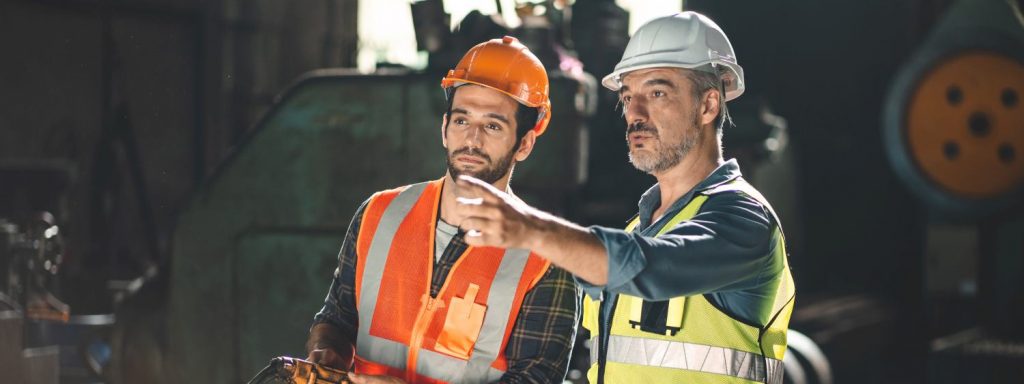
The 5 Most Fatal Incidents in the UK
In a world that spins at the speed of a tweet, the stakes for maintaining sterling health and safety standards have never been higher. For businesses across the UK, the duty to safeguard their workforce isn’t just a box to

Empathy at Work: The Leadership Mindset That’s Driving Real Results
Empathy at work isn’t fluff—it’s a performance driver. From trust and safety to innovation and loyalty, emotionally intelligent leadership is reshaping business success. … Read More









